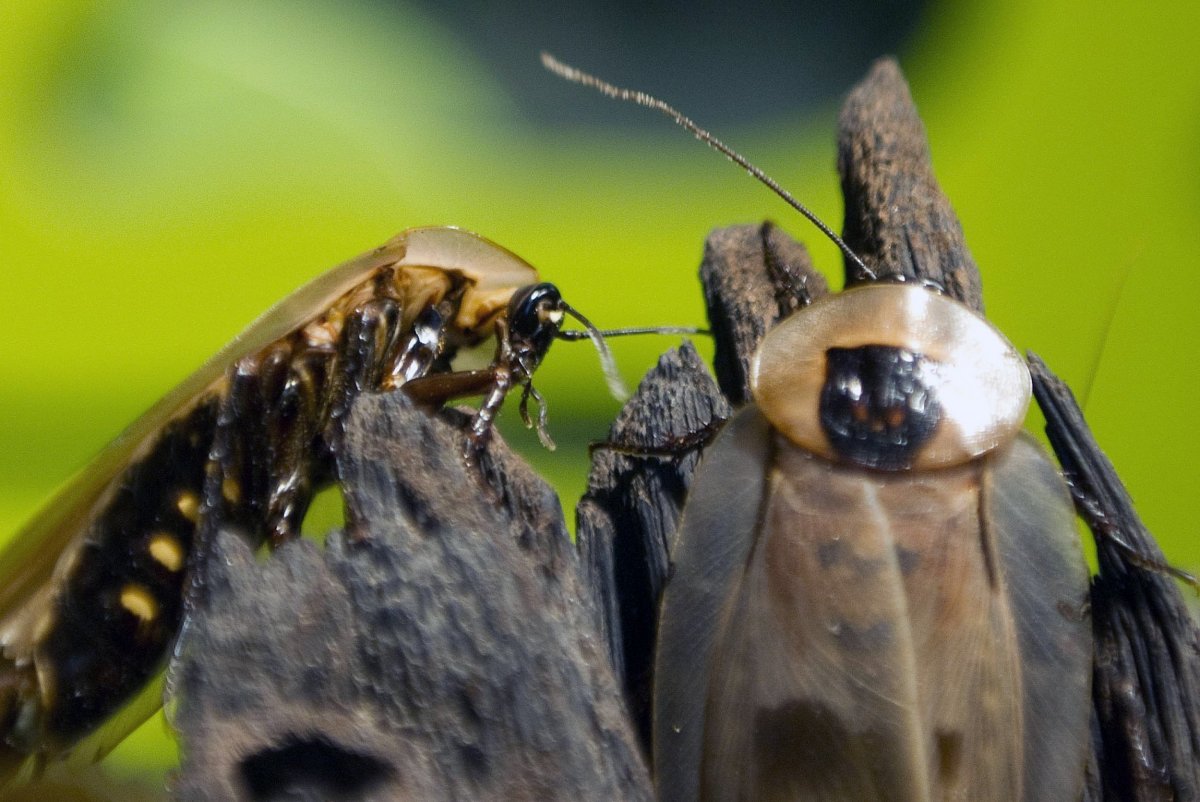Few things freak us out more than cockroaches in our homes. And it turns out that our homes may have more of these bugs than we thought. That's because researchers recently realized that termites are actually cockroaches. These wood-eating insects join the more than 3,500 species of roaches worldwide, 55 of which are found in the United States.
Related: Best pet for children: Why Madagascar hissing cockroaches are ideal

The Entomological Society of America recently updated its list of insect names and reclassified termites as Blattodea, or cockroaches, in everyday terms.
"It's official that termites no longer have their own order," Entomologist Mike Merchant who serves on the organization's naming committee told Science News. Every species of termite has been recategorized.
Entomologist Gil Bloom, president of Standard Pest Management in New York, likened it to another reclassification that everyone is familiar with.
"It's like Pluto, you know. The planet that was," he told Newsweek.
Although this change might surprise the average person, it likely won't cause shock or uproar among experts in the bug community who have been expecting this. In 2007, a paper published in the journal Biology Letters used genetic evidence to assert that termites were simply social cockroaches and weren't deserving of their own order.
Bloom explains the bugs have many differences when it comes to roach and termite species.
"If you're looking at it taxonomically they're similar," he said of the classification.
But Bloom clarifies that termites are highly developed social insects and roaches prefer the pleasure of their own company. The latter might mingle by sharing harborage sites; after all, they want to be near food, shelter and water. But typically they fly solo. The methods used to treat infestations for both types of bugs also vary.
Despite any differences these pests from another mother share, they do have one very strong commonality: No one wants to see either in their homes.
Uncommon Knowledge
Newsweek is committed to challenging conventional wisdom and finding connections in the search for common ground.
Newsweek is committed to challenging conventional wisdom and finding connections in the search for common ground.
About the writer
Melissa is a science writer covering health for Newsweek and has contributed to Inc., Dr. Oz The Good Life, Men's Fitness, Marie Claire and others. She earned ... Read more
To read how Newsweek uses AI as a newsroom tool, Click here.








